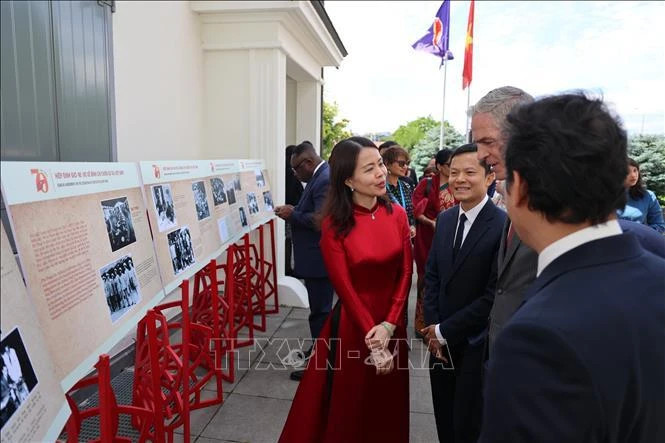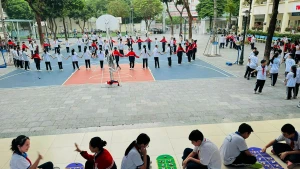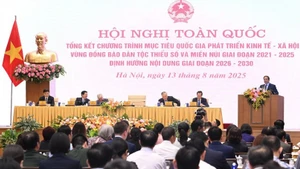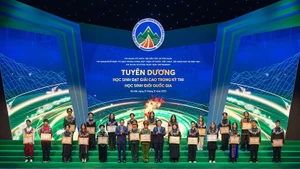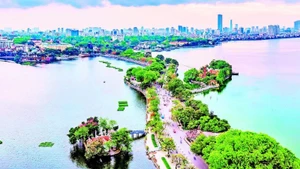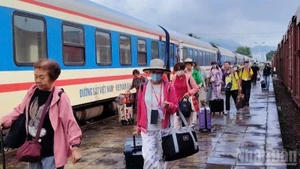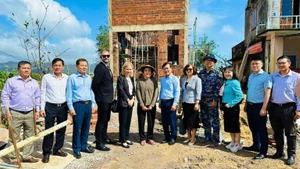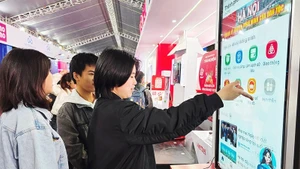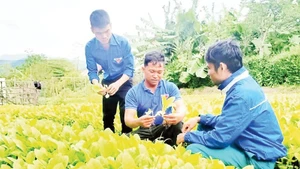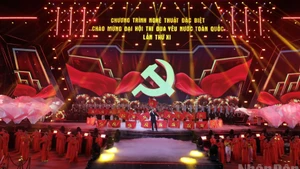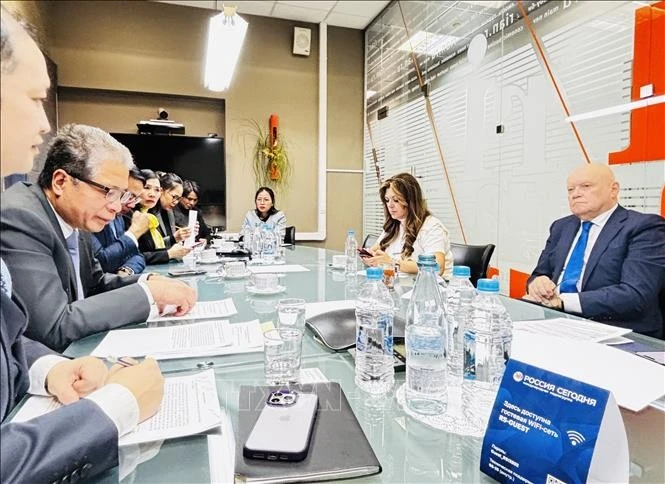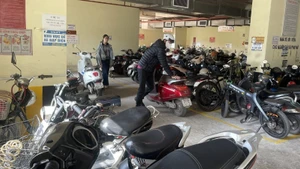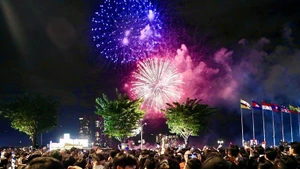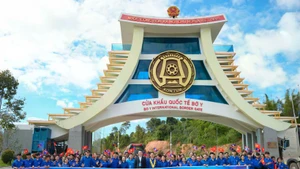Speaking at the opening ceremony, Deputy Minister of Foreign Affairs Nguyen Minh Hang stressed that the agreement is a historical milestone of the country's revolutionary diplomacy, reflecting President Ho Chi Minh's ideology, lifestyle, and diplomatic art.
Vietnamese people always remember the pure solidarity and support of Lao and Cambodian people, friends and peace-loving people around the world in the struggles against colonialism and imperialism, she said.
The agreement was the victory of Vietnam and the three Indochinese countries as well as of oppressed nations during their struggles for national liberation, the official said, noting together with the Dien Bien Phu Victory (May 7, 1954), it served as a source of encouragement for movements for peace and national independence, beginning the collapse of colonialism worldwide.
Highlighting the significance and lessons learned from the negotiations, signing and implementation of the agreement to the present cause of national construction, defence and development, Hang said Vietnam has been consistently pursuing the foreign policy of independence, self-reliance, diversification and multilateralisation, and proactive and active integration, and being a friend, a reliable partner, an active and responsible member of the international community.
“We are committed to contributing our best to the common efforts of the international community for peace, national independence, development, cooperation and social progress in the world," she emphasised.
Ambassador Mai Phan Dung said with tens of photos, the exhibition aims to give an insight into the context when the agreement was signed, and its importance to Vietnam and the world, along with peace-loving people’s support for Vietnam’s struggle for independence, freedom, peace and justice.
